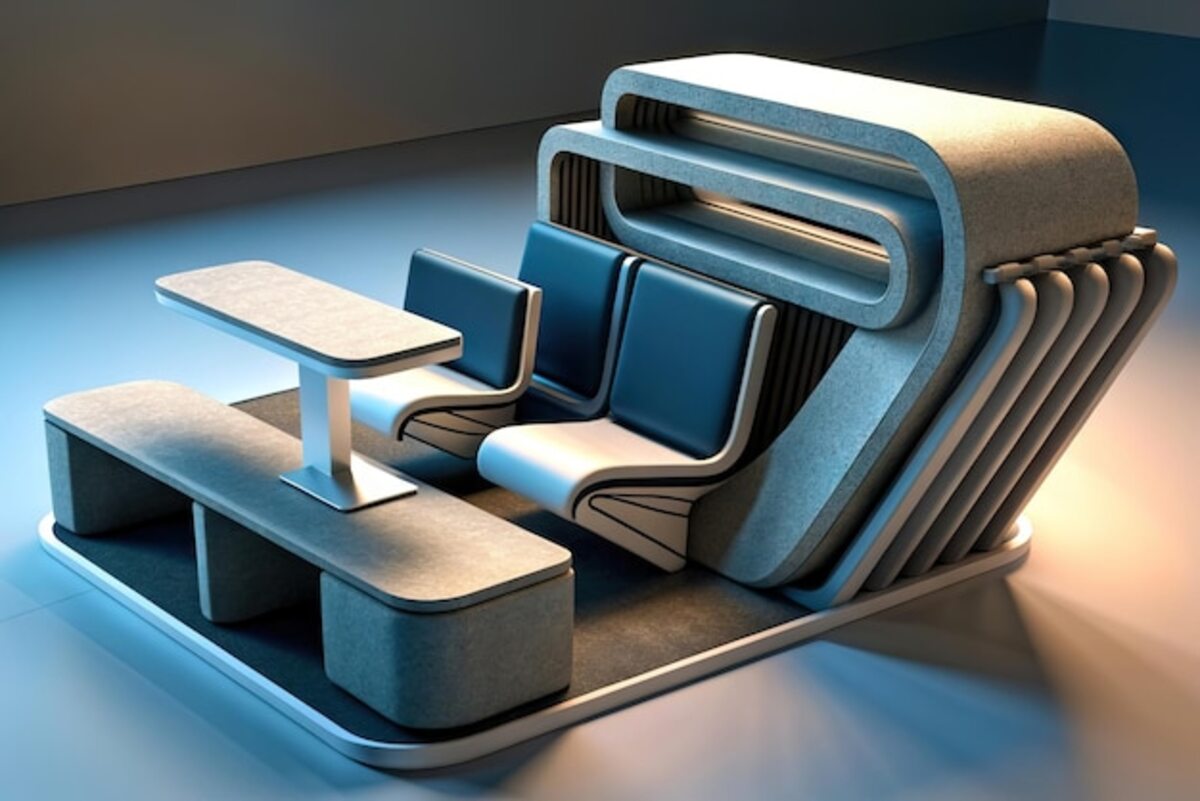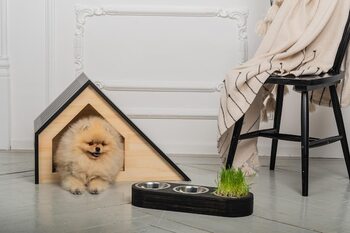Urban lifestyle: the art of multifunctionality at home

The urban lifestyle has transformed our homes into multifunctional spaces that reflect our daily dynamics. In a world where every square meter counts, learning to maximize the use of our homes becomes a necessity. From versatile work areas to relaxation corners, multifunctionality not only optimizes space but also enriches our quality of life. Discover how to turn your home into an efficient and stylish refuge that adapts to your urban needs and rhythms.
1. The importance of adaptable design in small spaces
Adaptable design has become a fundamental pillar in the creation of small spaces, especially in urban environments where every corner counts. The ability to transform a workspace into a rest area or a living room into a dining room can make the difference between a cluttered home and one that flows with harmony. By opting for modular furniture and integrated solutions, it is possible to maximize the use of space without sacrificing style or functionality. This approach not only allows for better utilization of the available area but also responds to the changing needs of those who live in it, creating a more dynamic and welcoming environment.
Additionally, adaptable design encourages creativity and personalization within the home. Inhabitants can experiment with different layouts and decorative elements to find what best suits their lifestyle. This can include everything from adjustable shelves to folding tables that facilitate the transition between activities. A home designed to be flexible not only optimizes space but also contributes to a more balanced life by allowing each area to serve various functions depending on the time of day or the specific needs of the user. In this sense, investing in adaptable design is investing in urban quality of life and emotional well-being.
2. Smart furniture: the key to multifunctionality
In the context of urban lifestyle, smart furniture emerges as an innovative solution to maximize the functionality of our homes. These modern designs not only adapt to space limitations but also add an aesthetic touch that complements interior decor. From sofas that convert into beds to extendable tables that can accommodate anything from an intimate dinner to a gathering with friends, these multifunctional pieces allow for a smooth transition between different activities, optimizing every corner of the home.
Additionally, the incorporation of technology in smart furniture adds an extra level of comfort and efficiency. For example, height-adjustable desks promote healthy postures and facilitate working from home, while modular shelves allow for reconfiguring the space according to daily needs. With these versatile options, each piece becomes an essential ally for those seeking to balance work and rest in an urban environment. By choosing smart furniture, we are not only investing in functionality; we are creating an adaptable home that responds to our changing lifestyles.
3. Creating differentiated areas without losing spaciousness
Creating distinct areas in an urban home is essential for maintaining functionality without sacrificing the feeling of spaciousness. An excellent way to achieve this is by using multifunctional furniture and strategic decorative elements. For example, an open bookshelf can serve as a divider between the workspace and the living room, allowing both spaces to feel connected while serving different purposes. Additionally, light colors and mirrors can help reflect natural light, contributing to making every corner feel more expansive and welcoming.
Another effective technique for defining areas within the same space is to use rugs or changes in the flooring to mark different functions. An area with a comfortable rug can indicate a reading or relaxation nook, while a harder floor may signal a space dedicated to work or more dynamic activities. Additionally, plants are perfect allies for creating visual divisions; they not only add a touch of freshness and life to the environment but also help delineate areas without the need for permanent structures. With these simple adjustments, you can enjoy an organized and stylish home that meets your daily needs.
4. Lighting: how it influences the perception of space
Lighting plays a fundamental role in how we perceive and experience our spaces, especially in urban homes where every corner needs to be maximized. Proper lighting not only enhances the aesthetics of a room but can also alter our perception of the size and functionality of the space. For example, warm lights create a cozy and relaxing atmosphere, ideal for resting areas, while cooler lights promote concentration and are perfect for workspaces. Using various light sources, such as floor lamps, sconces, or LED strips, allows for the creation of layered lighting that adapts the environment according to our daily activities.
Additionally, architectural elements such as mirrors or walls painted in light colors can amplify the effect of lighting. A well-lit space appears larger and more open; therefore, integrating these elements along with smart light planning can transform any small area into a functional and appealing place. By strategically choosing how and where we place light sources, we not only enhance the overall aesthetics of urban homes but also optimize their multifunctional use by adapting the environment to our specific needs at different times of the day.
5. Hidden storage: clever solutions for clutter
Hidden storage has become an essential solution for those living in urban environments, where space is limited and clutter can quickly take over our homes. Using furniture with integrated compartments, such as ottomans with internal space or coffee tables with hidden shelves, allows for maintaining order without sacrificing aesthetics. Additionally, modular furniture is perfect for adapting to different needs and can be reconfigured according to the day's activities, providing a consistently functional and appealing environment.
Another effective strategy is to take advantage of the vertical areas in our home. Floating shelves or built-in cabinets not only free up floor space but also offer a sleek design that maximizes storage capacity. Additionally, using decorative boxes or baskets helps organize small items while maintaining a clean and tidy appearance. These clever solutions not only combat clutter but also contribute to creating a more relaxing and harmonious environment in our daily urban lives.
6. Decorative styles that enhance versatility
Interior design in an urban environment greatly benefits from decorative styles that promote versatility. Styles such as minimalism, Scandinavian, or industrial are not only aesthetically pleasing but also designed to maximize functionality without sacrificing style. For example, minimalism emphasizes clean lines and a neutral color palette, allowing spaces to feel more open and organized. This approach helps reduce visual clutter, facilitating a smooth transition between different areas of the home and fostering an environment conducive to both work and relaxation.
The industrial style also brings robust elements and multifunctional furniture that can adapt to various needs. Furniture with hidden storage or those that serve multiple purposes are ideal for small spaces where every corner counts. The combination of these styles allows for the creation of dynamic environments; for example, a work area can easily be transformed into a social space by adding a few accessories or reconfiguring the seating. Thus, choosing the right decorative style not only beautifies the home but also optimizes its daily use, turning every square meter into an opportunity to fully enjoy the urban lifestyle.
7. Outdoor spaces: expanding the home towards nature
Outdoor spaces are a vital extension of our homes, allowing us to connect with nature without leaving the city. In an urban lifestyle, where indoor space is often limited, transforming balconies, patios, or terraces into personal oases can be a perfect solution for relaxation and recharging. Incorporating versatile furniture like benches that double as storage or folding tables can maximize these areas, allowing them to function for both social gatherings and moments of solitude and reflection. Additionally, by adding natural elements like plants, warm lights, and cozy textiles, an inviting atmosphere is created for enjoying the outdoors.
The key is to design these outdoor spaces not only as decorative areas but also as functional ones. A small vertical garden can provide freshness and privacy, while a pergola can offer shade on sunny days and become a refuge during rain. The inclusion of multifunctional zones allows for organizing outdoor activities: from dinners to yoga sessions at dawn. By integrating these spaces with the overall design of the home, a harmonious flow between the internal and external is achieved, enriching the daily experience and providing a natural respite from the hectic urban life.



